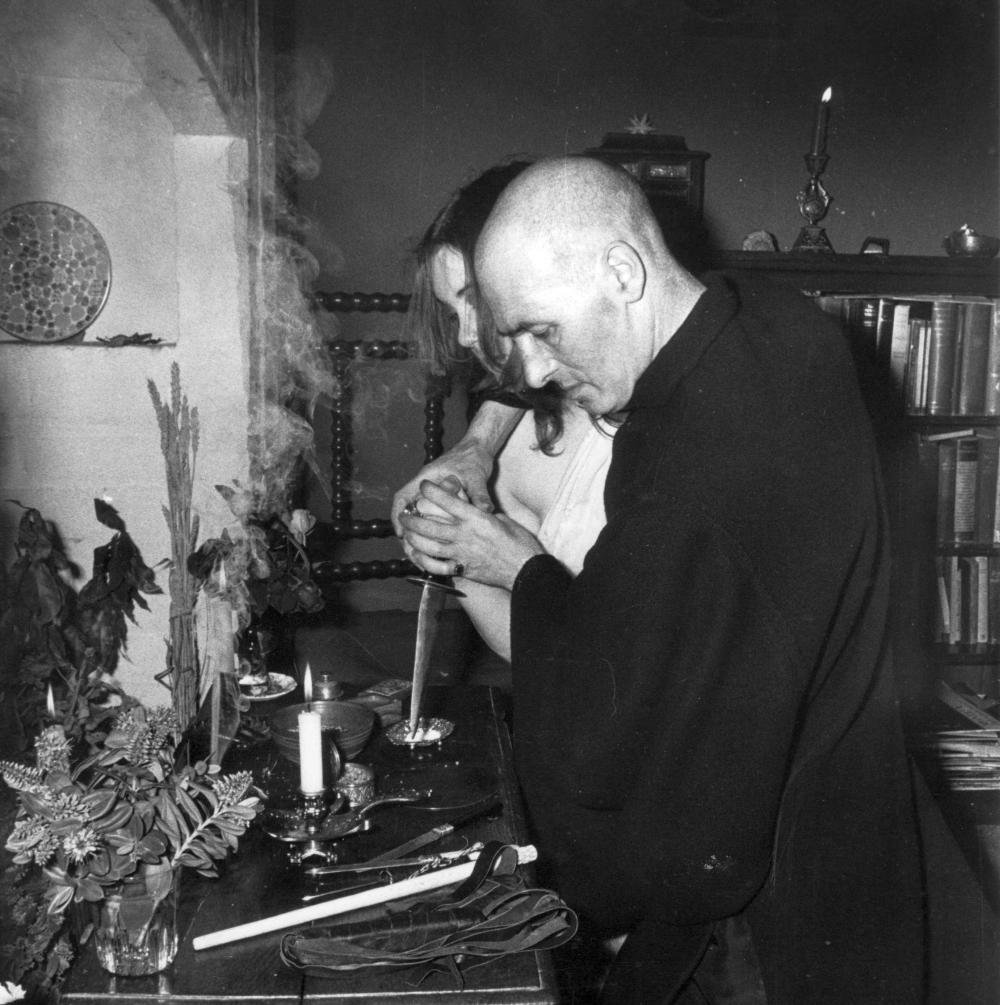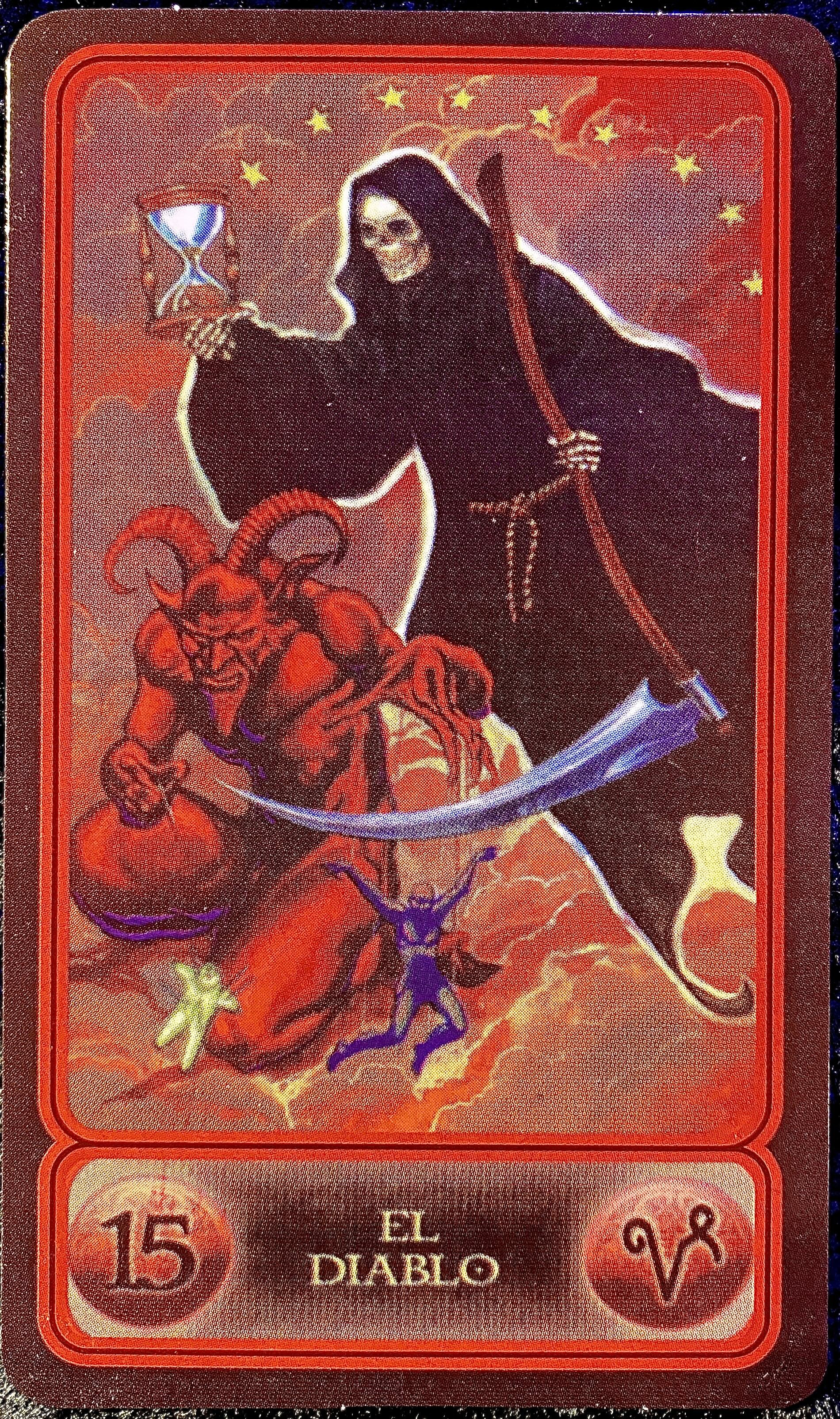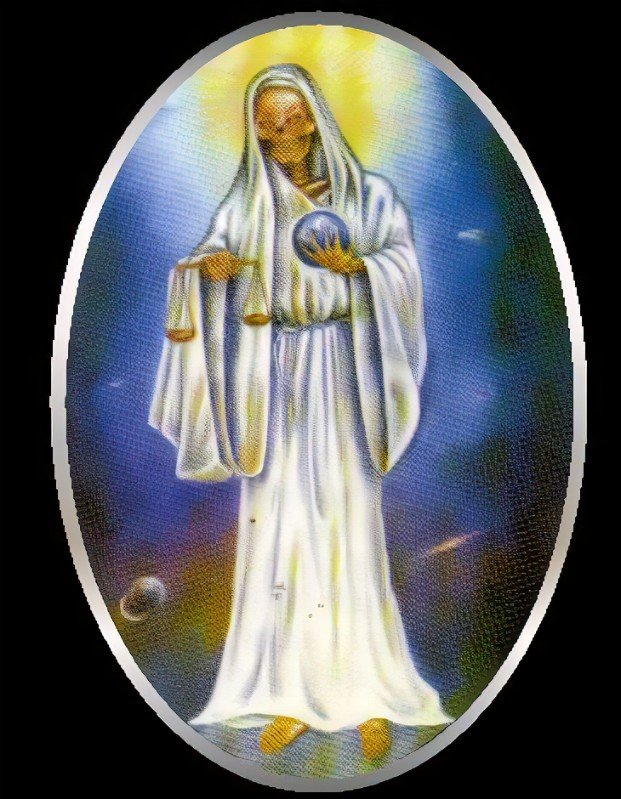Suspiria (2018), directed by the brilliant Luca Guadagnino (Call Me By Your Name) continues the director’s tradition of subverting filmgoers’ expectations by confronting oft-repressed thoughts and oft-ignored truths. A reimagining of the original by Dario Argento, the film investigates its evasive subject matter through entrancing cinematography and attention to detail. The audience leaves the movie having stumbled mentally into a place we previously avoided; the realm of nightmares, manipulation, and rejected reality. The movie uses the concept of witches to refer to an archetypal image of woman as an almost feline source of danger. Through magic the teachers of the film’s expansive dance academy can cast spells with a twirl, contortion, or hand gesture. They can influence others’ minds through dream or telepathy, or express feeling into physicality through ritual—the way both dancers and real-world witches do. Suspiria is a profound and thought-provoking film which uses the ideas of witchcraft, dance, and manipulation to ruminate on individual growth.
“Mater Suspiriorum,” after whom the film is named, is a figure sourced from an esoteric book by Thomas De Quincey called Suspiria De Profundis. The book describes the mythological existence of three ancient entities known as The Three Mothers: The Mother of Tears, The Mother of Darkness, and Mater Suspiriorum: the Mother of Sighs. In this case “sigh” refers to the deep feeling of helplessness during a horrible situation, and also the sigh of release after the situation is over. It is implied that the Three Mothers are necessary forces of nature; each is a type of savior which comes to earth periodically to forgive the sins of the people after a horrible event, such as a war. Mother Suspiriorum forgives the mistakes that have caused people’s deepest suffering. The sighs of overcoming tragedy are what fuels Mother Suspiriorum. She then provides this power to her human witches—where in a perfect world it would be used to bring balance to the world. Suspiria could be said to be a film about the fear of our own inner feelings, and the sudden, ultimate surrender to them. Through surrendering we can heal, but we also must eventually forget, and when we forget, the past will repeat itself. “Why is everyone ready to believe the worst is over?”
The central theme which links the film’s many ideas is dance. The action takes place in a modern dance academy, mixing rhythmic ballet with expressionist passion. The striking dance scenes express the plot in subtle ways; something as simple a a series of jumps becomes a representation of our protagonist (played by Dakota Johnson) Suzy’s inner world. Each student is devoted to perfecting their art and each teacher wants each girl to succeed. It is likely that many of the film’s witches started out as dancers and ended up as witches—but only those with a spark of magic in them, which is carefully monitored by the teachers and spoken of through telepathy. Depending on the goals of the witches, a dancing body can act as a living voodoo doll, a source of raw power, a sacrifice—in short, a moving body can cast a spell.
It is well reported that contemporary religious witches utilize ritual dance, and this practice has been attributed to mystics forever. Each new initiate will be taught traditional forms of dance and feel how energy is accessed and controlled by them. The organized, rhythmic, trance-inducing dances often give way to free-form and weaving dancing as the ritual builds to full intensity, and often collapsing isn’t a gesture, it’s a necessity. In Suspiria the idea of witches dancing is removed from a forest bonfire and planted into a secretive dance company… which is perhaps more accurate to real life a majority of the time.
I think much occult power lies in the idea of wielding a hidden force. By this I mean any form of power that is intentionally kept hidden. Hidden force is every coven alive in a witch hunt, every group conspiring to overthrow a government, and every rebel cabal. Hidden force is also the secrets we keep, the unmentioned discovery of a betrayal, the dreams which haunt us perpetually, the sprains and strains we walk on supported solely by grit, the traumas we carry, and the knowledge we keep to ourselves. A hidden force is our secret weapon: it is our claws. In a way, the witches of Suspiria use the secrets of the subconscious as a medium through which power and influence can flow. This is why the movie contains so many unsettling dream sequences and why Madam Blanc (played by Tilda Swinton) mentions the “sending of dreams” to the students of the dance academy. Dreams are the hidden fuel within each of us, and a malevolent person with supernatural abilities may be able to take advantage of them—we are quite vulnerable when sleeping.
Alex Sanders teaching a young initiate
Dream magic is an important aspect of the western occult tradition. The dream is our inner doorway through Yesod into the realms of impression and memory. Dreams teach us of the energy imprint we are leaving behind in this life and hold the keys to the lessons we must once again remember. In Suspiria the dream sequences show memories of past suffering and the scars the characters carry. The concept of the occult dream and concealed force blend together: the dream brings our deepest sufferings to the forefront and makes us face them, and through facing them we become stronger. The dream is a medium through which hidden power is gained. This is the magical power of Mother Suspiriorum’s anointed bloodline, and each night we see it coursing through each girl at the dance academy. Mother Suspiriorum teaches her disciples and anyone under their influence the power that can be taken back from grief.
The witches of the dance academy are constantly connected by a near-flawless telepathy. This is typically shown through glances between each other where words are unspoken. Each witch can sense when something important is about to happen, and each keys in to lend their power in the moment. This is the psychic connection that often happens with a close coven, albeit with less Hollywood perfection. When all members are psychically connected and have some astral ability, messages, pictures, symbols, and words can be sent to each other at a distance through magic mirrors. After this is mastered, aids can be discarded, thought can be sent simply over an invisible matrix. It is not uncommon for even the new initiate to “sense” when something is happening, as if a psychic phone tree has been activated.
Throughout Suspiria we get the impression that there is a family among the witches, that they are united by an old, traditional culture with a hierarchy of power, and over the years much corruption has crept in. Part of the journey of the story is the struggle for power and the fight to hold onto power obtained far in the past, even to the detriment of all. Every church, cult, or coven must navigate the challenges of the abuse of power and continue scrubbing tarnish to restore gold to brass. Every society faces these challenges and must seek to fight for what is good every day.
Pulling from history, occult literature, art, and psychology, Suspiria tells a tale that is both as bleak as it is inspiring. It tells us about the knowledge that our nightmares grant us, the power which comes through healing from grief, the corruption and love that can exist in a tight-knit group of people, and the strength of the power which we choose to keep hidden.










